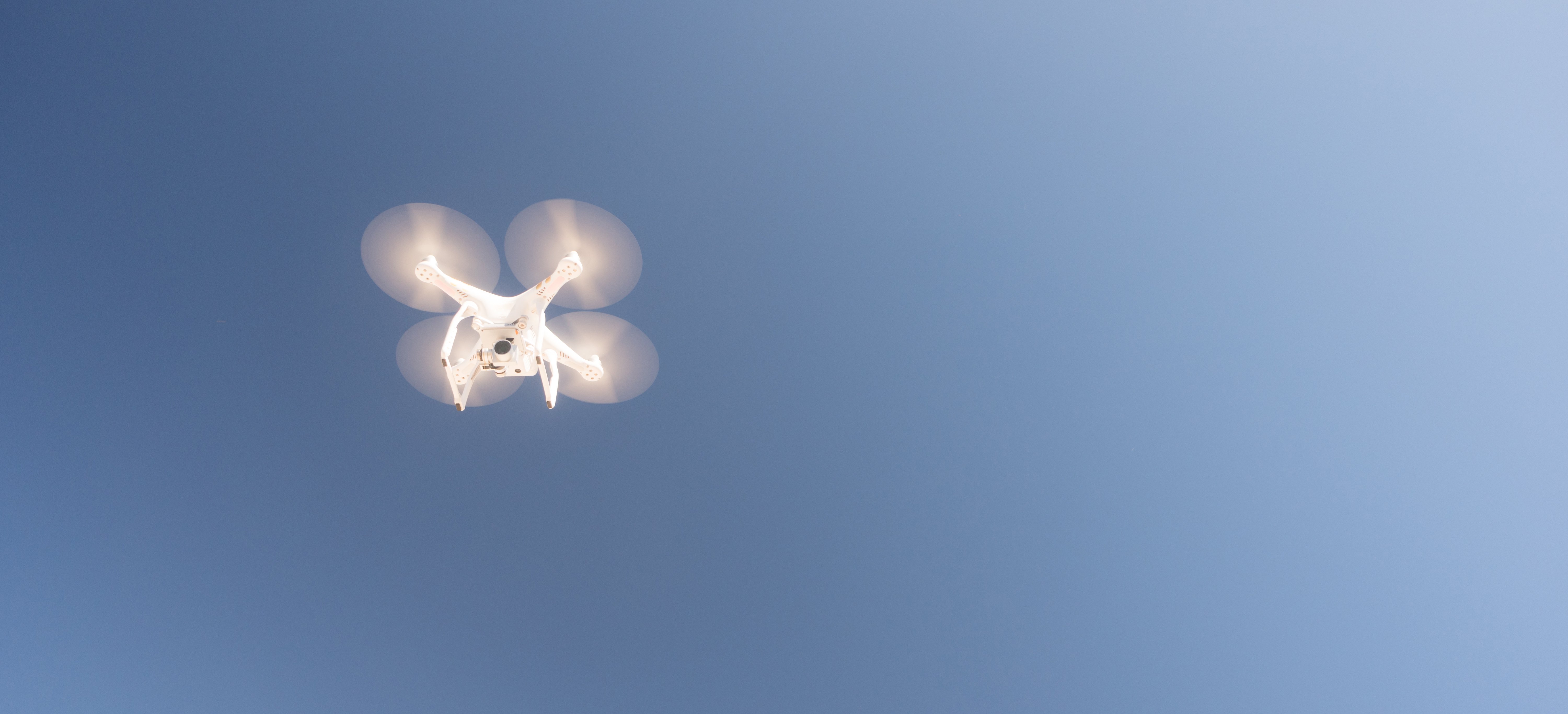Drones are complex machines that have the potential to change various industries, from drone inspections to police work. There are a lot of things happening within these small aerial devices. They must be light enough to fly whilst containing the various components that make them worth flying, such as remote control capabilities and cameras.
As technology advances and drones become more accessible to consumers, many are left wondering how these incredible devices are made. It’s a substantial manufacturing process that all starts with a plan.
Planning and Prototyping
Resource and design planning is a key element in any manufacturing process, as it ensures that all potential issues are addressed before large-scale production. This step of the manufacturing process becomes even more important in low-volume manufacturing, as the costs are higher. So, for those looking to craft their own drone, plenty of time and attention should be dedicated to this phase.
A drone prototype starts with a proposed design, which should be completed to scale before any parts are purchased. The plan should also clearly indicate the purpose of the drone. Is it a multi-purpose device that does a few basic functions or will it serve a specific purpose, such as aerial photography or transportation? These decisions indicate key considerations, such as how much it will need to be able to carry which translates into the weight of the materials and the size of the motor.
A prototype may be assembled and found wanting, requiring changes to the original design to get it right before final production.
Framing
The frame of a drone is the main contributor to structural integrity. This is often comprised of a sturdy, yet lightweight material to find a balance between aerodynamics and durability. This could be a plastic blend or even hollow metal.
In most cases, the frame is assembled in an X formation to provide additional support for the motors and added durability overall.
Motor Assembly
Putting together the motor and connecting the propellers is an integral step in the drone manufacturing process. Depending on the style of drone, the device could have upward of eight motors and propellers. Traditional drones typically have four brushless motors to improve air travel time.
The assembly of the motors is a complex process. For drone manufacturers with specialized equipment, putting the motors together is a standardized manufacturing effort. Highly specialized drones will have engineers in place to put together the motor in the desired way for max effectiveness. It’s recommended that those experimenting with building a drone for personal use should purchase prefabricated motor parts.
To adhere the motors and propellers to the drone, holes must be drilled in the frame in the right spot as to not cause imbalance.
The Inner Workings
After the propellers are attached to the motors and frames, it’s time to make the drone operational. The drone will require electronic speed control (ESC), an RC receiver, batteries, a power distribution board, and connectors to complete the internal circuitry that allows the motors to run.
The ESC devices will ultimately direct power from the battery to the motors to make them run; thus, one is required for each motor. The RC receiver receives signals from the transmitter, which is how the user controls the device. The battery is connected to the power distribution board and the connectors, to generate energy to power the motors; this completes the circuitry at a very basic level.
Other components include the wiring used within and adherence methods to stabilize the circuit board. Additionally, a mounting pad may be installed to reduce vibration. A flight controller may also be added to help with stability in the air. More complex drones will have additional components to house a camera and photo storage or control arms, depending on the purpose of the drone.
External Gear and Programming
Once the inner workings of a drone have been deemed functional, the device must be programmed to respond to the transmitter. Additionally, the drone will require landing equipment to protect the device when it lands-- whether intentionally or unintentionally-- on the ground.
This gear is often quite simple, mimicking that of a helicopter. Lightweight metal pegs or bars are added to the side arms or bottom of the drone to ease the transition from flight to ground. This gear also helps with storage and stability during takeoff.
Manufactured drones and drone prototypes will often go through rigorous testing protocols for quality assurance. Those building their own drones should take it slow, starting with a small area in which to work and expanding to test transmission signals and stability. Once everything is tested, it’s time to take off!
Tags
Drone for Fun

